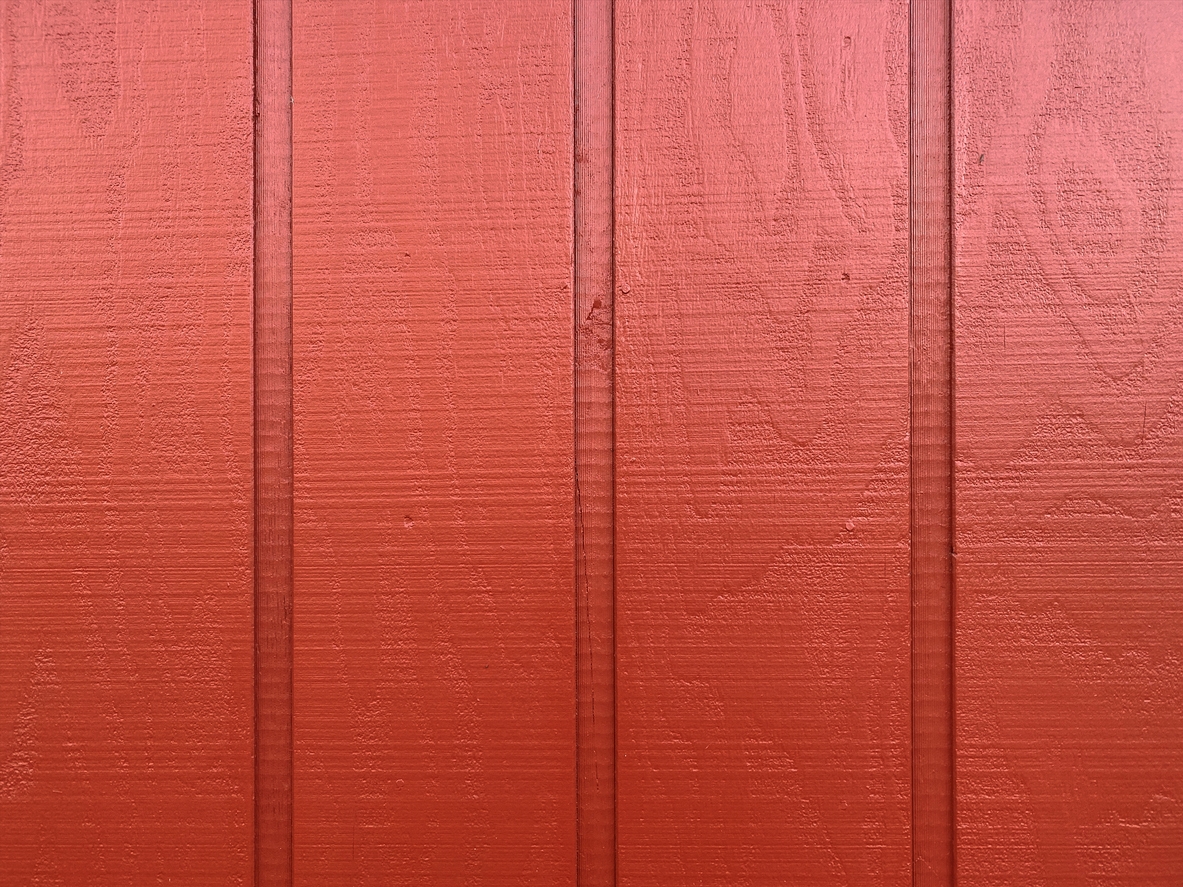You want to paint the siding on your Pleasant Hill, CA house. To do that, you need to know what type and condition the siding is. Different siding materials, like wood, vinyl, metal, or brick, require specific preparation, primers, and paints for proper adhesion and durability. Equally important are your siding’s age and condition. Using the wrong products can lead to poor results and a shorter lifespan for the paint job.
You need specific paints depending on the siding type. However, you also need to know more important details. This article will exactly discuss this matter. By the end of this piece, you will know which paint is the best for your siding and everything else you must know before painting.
What are the common types of siding?
Various materials are used as common siding types for Lafayette, CA homes, each with distinct benefits in terms of aesthetics, durability, and maintenance requirements.
- Vinyl siding: Popular for its affordability, low maintenance, and various colors and styles. It’s durable and resistant to weathering, though it can crack in extreme cold.
- Wood siding: Offers a natural, classic look, available in types like cedar, pine, and redwood. Requires regular maintenance like painting or staining to prevent rot and insect damage.
- Fiber cement siding: Made from cement, sand, and cellulose fibers. It’s durable, fire-resistant, and mimics the appearance of wood, though it’s heavier and more expensive to install.
- Aluminum siding: Lightweight, fire-resistant, and low maintenance. It’s not as popular today due to its tendency to dent and the rise of more modern alternatives.
- Brick siding: A long-lasting, durable option that provides a classic look. It’s resistant to fire and weather but can be costly to install.
- T1-11 siding: A type of wood or plywood siding often used for sheds or cabins. It features a grooved panel design for a rustic appearance. While affordable, it requires regular maintenance to prevent moisture damage.
- Stucco siding: A plaster-like material that is applied in layers. It’s popular in warmer climates and provides a smooth or textured finish, but it can crack in areas with a lot of moisture or shifting foundations.
Each type of siding offers distinct advantages and aesthetics depending on your Moraga, CA home’s style, budget, and climate considerations. When it comes to painting vinyl and aluminum siding, selecting the right paint is important as well.
Paint products, preparation, and paint application techniques for every type of siding
Here’s a guide on paint products and preparation steps for each siding type:
1. Vinyl siding
- Preparation: Clean with a mild detergent or power wash. Inspect for cracks or warping.
- Paint products: Use 100% acrylic paint with colors lighter than the original to prevent warping.
- Application: Apply two coats with a sprayer or roller. Paint when temperatures are moderate.
-
2. Wood siding
- Preparation: Scrape old paint and sand rough spots, clean with a wood cleaner, and repair damaged areas.
- Paint products: Use an oil-based primer followed by a latex or acrylic exterior paint.
- Application: Apply a primer first, then two coats of paint using a brush for details and a roller for large areas.
-
3. Fiber cement siding
- Preparation: Clean the surface thoroughly, inspect for damage, and repair if necessary.
- Paint products: Use acrylic latex paint for long-lasting results.
- Application: Apply two coats with a sprayer or roller. Priming is recommended if painting unpainted fiber cement.
-
4. Aluminum siding
- Preparation: Power wash, sand to remove oxidation, and clean thoroughly.
- Paint products: Use acrylic latex paint designed for metal surfaces.
- Application: Apply two coats with a sprayer or roller, and use a primer if the surface is bare.
-
5. Brick siding
- Preparation: Clean thoroughly with a wire brush or power washer. Inspect and repair mortar as needed.
- Paint products: Use a masonry primer and elastomeric or latex paint.
- Application: Apply a primer and two coats of paint using a roller or sprayer. Allow for longer drying times between coats.
-
6. T1-11 siding
- Preparation: Scrape old paint, sand rough areas, clean the surface, and repair damaged sections.
- Paint products: Use an oil-based primer followed by acrylic latex paint for durability.
- Application: Apply a primer, then two coats of paint with a brush and roller to ensure deep coverage in grooves.
-
7. Stucco siding
- Preparation: Clean the surface, patch cracks, and repair damaged areas. Allow repairs to cure before painting.
- Paint products: Use elastomeric or acrylic paint for flexibility and durability.
- Application: Apply two coats using a roller or sprayer, and allow extra time for each coat to dry due to the stucco’s porous surface.
Each siding type requires specific preparation and paint products for the best long-term results.
After-paint care and maintenance
Painted sidings require care and maintenance to preserve their appearance and integrity.
1. Vinyl:
- Clean regularly with mild soap and water to prevent dirt buildup.
- Inspect for any warping or cracks, as damaged vinyl can affect the paint’s longevity.
- Avoid pressure washing with high force to prevent paint chipping.
2. Wood:
- Inspect annually for peeling or chipping paint and touch up as needed.
- Regularly check for moisture damage or rot and repair quickly.
- Clean with a soft brush and wood-friendly cleaner to remove mildew or dirt.
3. Fiber cement:
- Clean annually with mild soap and water.
- Inspect for cracks or chipped paint and touch up to prevent moisture infiltration.
- Repaint every 10–15 years, depending on paint quality and exposure.
4. Aluminum:
- Wash the surface annually with water and a non-abrasive cleaner to remove dirt.
- Look for peeling paint or corrosion and touch up as needed.
- Avoid harsh scrubbing tools, which can damage the paint.
5. Brick:
- Clean gently with water and a mild detergent.
- Check for cracks or mortar issues and repair promptly to prevent water damage.
- Use sealant if needed to protect the paint from weather elements.
6. T1-11 (Plywood or OSB):
- Inspect regularly for peeling or cracking paint and touch up as needed.
- Ensure proper sealing at joints to prevent water damage.
- Repaint every 5–7 years to maintain protection against the elements.
7. Stucco:
- Clean with water or a mild detergent annually to remove dirt.
- Inspect for cracks and patch any damaged areas before repainting.
- Repaint every 5–10 years, depending on exposure to weather and UV light.
When to consult a professional?
Painting siding can be a doable DIY home improvement project in Walnut Creek, CA. However, consulting a professional is also essential in several situations to ensure the job is done correctly and efficiently. Here are some crucial times to consider hiring a professional:
- The siding is damaged, rotted, or has extensive mold or mildew, requiring repair or replacement before painting.
- You’re unsure about proper surface preparation, especially with materials like stucco, brick, or metal that require specific primers or techniques.
- The siding has lead-based paint, which requires special handling for safety and environmental concerns.
- The project involves tall or hard-to-reach areas where proper equipment and safety measures are necessary.
- You’re looking for a high-quality, durable finish that will last longer with expert application.
Professional painters can help ensure long-lasting results and address any underlying issues with the siding.
Conclusion
Understanding the type of siding on your Orinda, CA home is crucial for selecting the best paint products tailored to its specific needs and condition for a successful and long-lasting finish. Homeowners should prioritize investing time and quality materials to ensure a durable and attractive paint job that enhances the overall appearance of their home.
For expert advice and professional office painting services, contact Custom Painting, Inc. today at 925-686-0903 or on our contact page. Whether you need interior or exterior residential painting, deck staining, pressure washing, custom crown molding installation, or any other services we offer, our team is committed to providing top-rated service and exceeding expectations.


